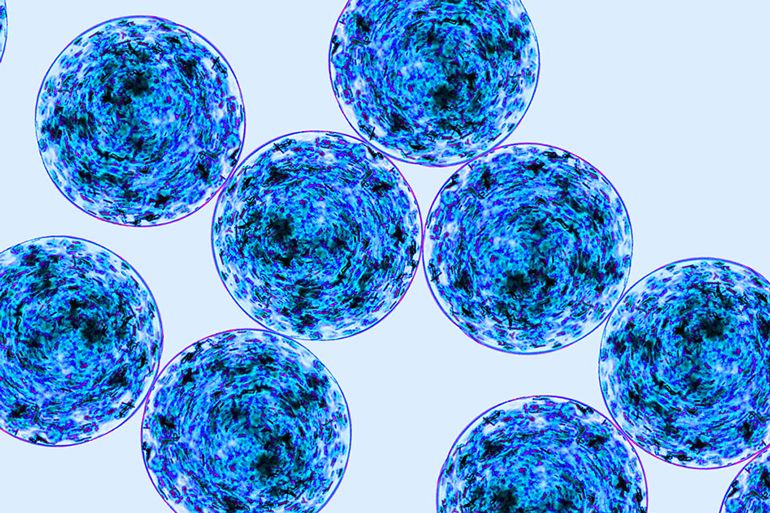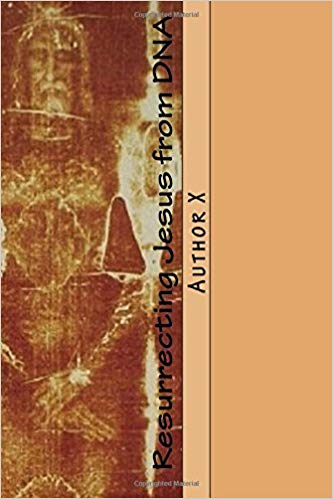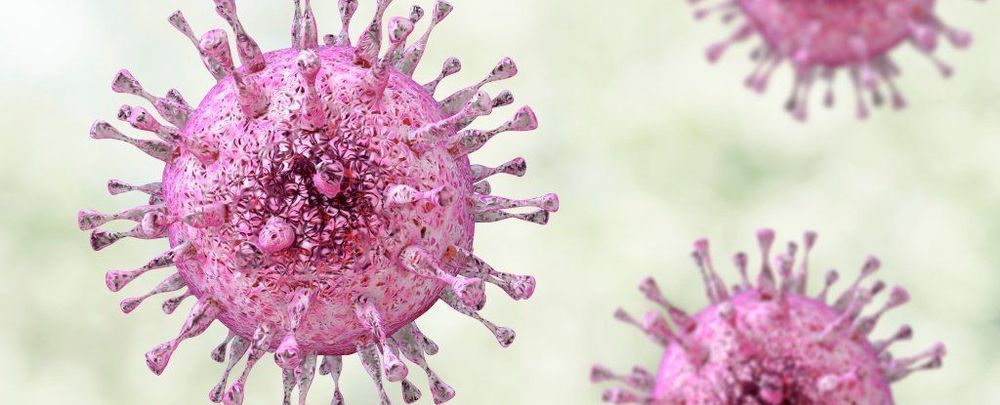Integrated Health Systems advances in the healthcare industry with the latest Gene Therapy techniques for your healthy longevity.



Heart & Diabetes Conference is delighted to welcome you at the “International Conference on Heart & Diabetes” scheduled on August 19–20, 2019 at Osaka, Japan based on the Theme “Innovations Of New Treatment In Diabetes & Heart Diseases”.
Heart & Diabetes Conference 2019 targets to carry out multidisciplinary research in Diabetes & Heart Diseases. Our main motto is to highlight the innovative treatments which are involved for cure of these Diseases.
August 19 (Monday) — 20 (Tuesday)


When Stephen Hawking wanted to speak, he chose letters and words from a synthesiser screen controlled by twitches of a muscle in his cheek.
But the painstaking process the cosmologist used might soon be bound for the dustbin. With a radical new approach, doctors have found a way to extract a person’s speech directly from their brain.
The breakthrough is the first to demonstrate how a person’s intention to say specific words can be gleaned from brain signals and turned into text fast enough to keep pace with natural conversation.


Author X boldly presents a story of a group of new age scientists that has found a way to use DNA and cutting-edge technology to resurrect Jesus Christ, or at least somebody similar. Only one man (Dr. Samuel John) who is the voice of reason for the entire world will have to decide if he should or shouldn’t help make this a reality. Is this real life or is it fantasy? How will Christians react? How will the world react? How will you react when the Only Begotten Son has returned?

Viruses are mostly known for their aggressive and infectious nature.
It’s true, most viruses have a pathogenic relationship with their hosts – meaning they cause diseases ranging from a mild cold to serious conditions like severe acute respiratory syndrome (SARS). They work by invading the host cell, taking over its cellular machinery and releasing new viral particles that go on to infect more cells and cause illness.
But they’re not all bad. Some viruses can actually kill bacteria, while others can fight against more dangerous viruses. So like protective bacteria (probiotics), we have several protective viruses in our body.

Staphylococcus aureus bacteria are a major cause of serious infections that often persist despite antibiotic treatment, but scientists at the UNC School of Medicine have now discovered a way to make these bacteria much more susceptible to some common antibiotics.
The scientists, in a study published in Cell Chemical Biology, found that adding molecules called rhamnolipids can make aminoglycoside antibiotics, such as tobramycin, hundreds of times more potent against S. aureus — including the strains that are otherwise very hard to kill. The rhamnolipids effectively loosen up the outer membranes of S. aureus cells so that aminoglycoside molecules can get into them more easily.
“There’s a great need for new ways to kill bacteria that tolerate or resist standard antibiotics, and to that end we found that altering membrane permeability to induce aminoglycoside uptake is an extremely effective strategy against S. aureus,” said study senior author Brian Conlon, Ph.D., an assistant professor in the department of microbiology and immunology at the UNC School of Medicine.

If a police officer suspects you’ve had too much to drink before getting behind the wheel of your car, they can use a breathalyzer to estimate your blood alcohol level on the spot.
But if a cop thinks you’re driving stoned, they currently don’t have any evidence-based way to immediately confirm their suspicions — they typically have to rely on subjective roadside sobriety tests.
Now, though, Canadian startup SannTek Labs says it’s developed a marijuana breathalyzer — and it’s caught the eye of top startup accelerator Y Combinator.

New research, published today in Nature, reveals how increasing brain stiffness as we age causes brain stem cell dysfunction, and demonstrates new ways to reverse older stem cells to a younger, healthier state.
The results have far reaching implications for how we understand the ageing process, and how we might develop much-needed treatments for age-related brain diseases.
As our bodies age, muscles and joints can become stiff, making everyday movements more difficult. This study shows the same is true in our brains, and that age-related brain stiffening has a significant impact on the function of brain stem cells.